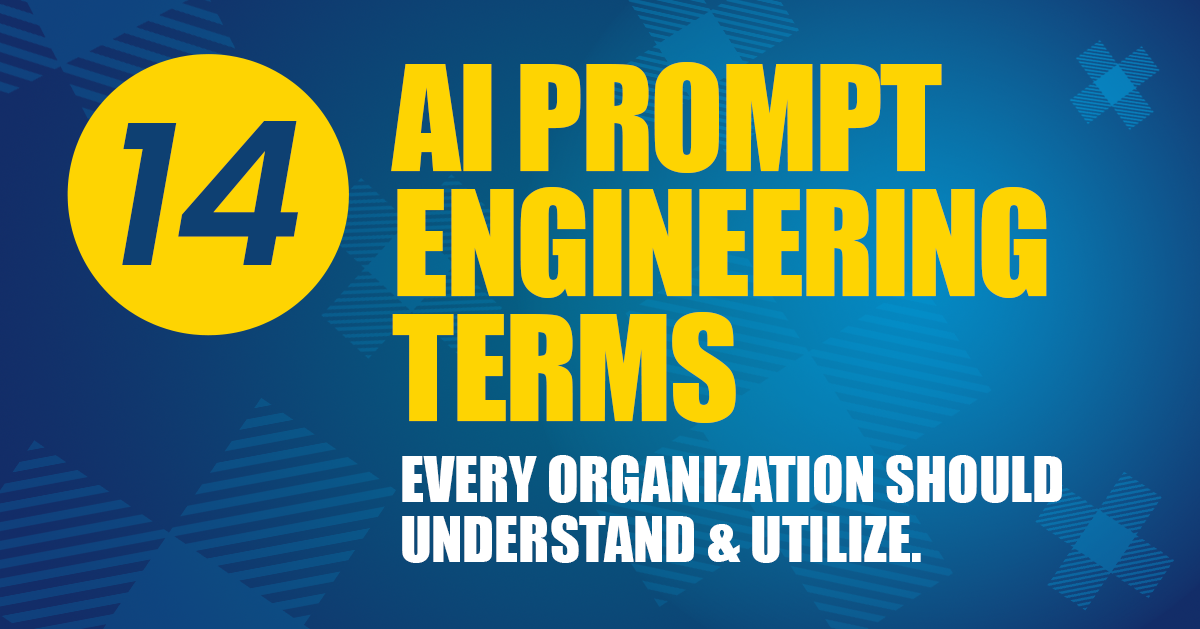
When public agencies undergo organizational change, the process typically begins with formal planning. Leaders focus on systems, policies, procedures, and compliance. These are essential, but they’re only part of the equation.
What’s often overlooked is informal culture. It doesn’t appear on project plans or dashboards, yet it plays a central role in determining whether change takes hold. Informal culture is built through everyday conversations, personal interactions, and the way people feel about what’s happening around them.
The good news? Building that culture doesn’t require new funding. It requires leadership attention, consistent communication, and a sustained focus on trust.
Why Informal Culture Matters
Public sector organizations tend to be structured, hierarchical, and risk averse. This makes formal change necessary, but not always sufficient. Staff may hear the message, but how they interpret and internalize it depends largely on peer conversations, team dynamics, and their history with past organizational shifts.
Informal culture becomes the unspoken context in which change is received. If trust is low or communication is limited, even the most well-designed initiatives can stall. But when people feel informed, respected, and included, they’re far more likely to engage, support, and help carry the effort forward.
Five Low-Cost, High-Impact Ways to Strengthen Informal Culture
1. Communicate Clearly and Consistently
Internal communication shouldn’t be overly formal or complex. When the goal is understanding and alignment, clarity is more effective than polish.
- Use plain language in internal updates
- Explain the “why” behind decisions, not just the “what”
- Deliver updates through existing team meetings when possible
2. Be Present and Accessible
Leaders don’t need to launch new initiatives to show up. Presence matters.
- Attend recurring team meetings and stay long enough to listen
- Set aside regular time for informal check-ins or open-door conversations
- Follow up directly with teams most affected by the change
3. Encourage Peer Influence
People often look to trusted colleagues when navigating uncertainty. Agencies can reinforce positive momentum by elevating internal voices.
- Invite team members to share their experiences with the change
- Create space for peer-led discussions or informal Q&A
- Publicly recognize contributions that support the transition
4. Foster Human Connection
Change can generate anxiety. Moments of authentic connection can ease tension and create cohesion.
- Begin meetings with a brief check-in or shared reflection
- Celebrate team and individual wins, no matter how small
5. Model Transparency
People don’t expect perfection, they expect honesty. Transparency builds credibility and lowers resistance.
- Share updates in real time, even when details are still evolving
- Speak openly about what’s going well and what remains uncertain
- Welcome tough questions and respond with candor
The Canton Group’s Perspective
At The Canton Group, we partner with public agencies navigating complex change. We implement technology solutions that streamline operations and improve service delivery, but we also understand that systems alone aren’t enough.
Real progress depends on people. That’s why we help agencies align formal strategies with the informal dynamics that drive adoption and impact. Through collaboration, communication, and long-term partnership, we support public sector teams as they modernize, adapt, and grow.
Because no matter the size or scope of the initiative, trust remains the foundation of every successful transformation.




